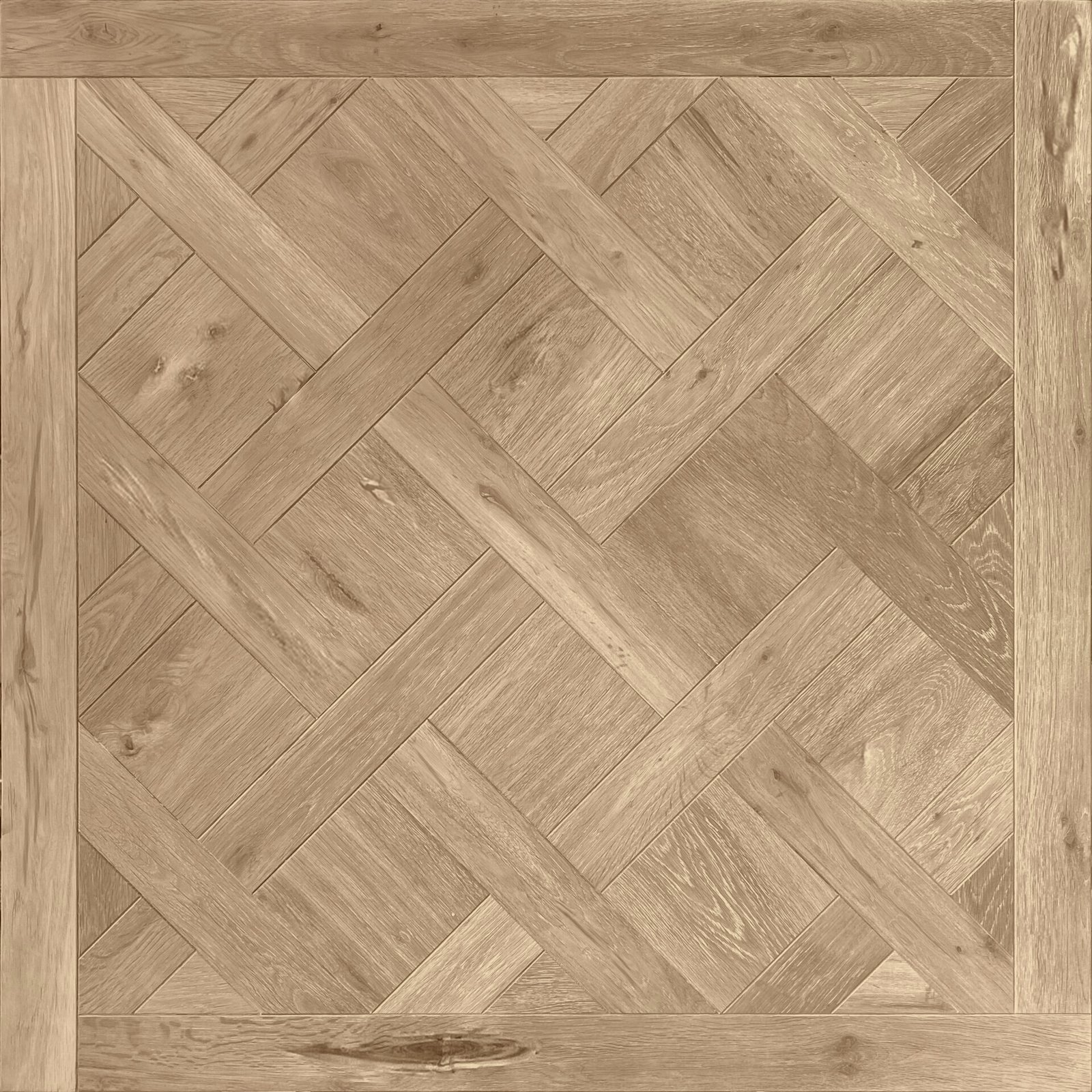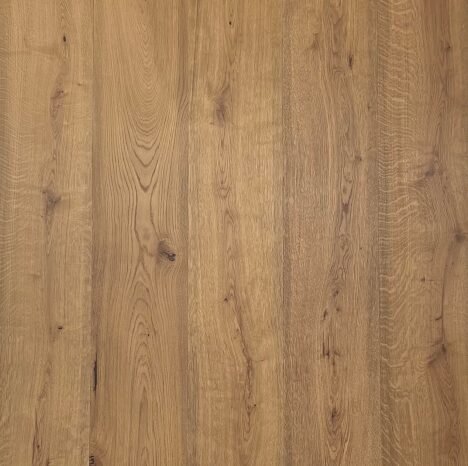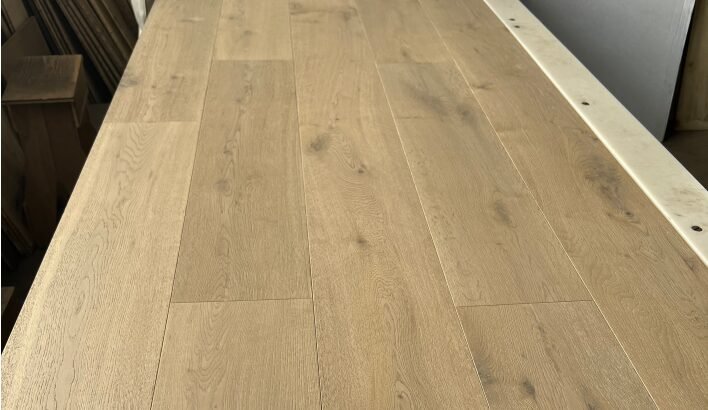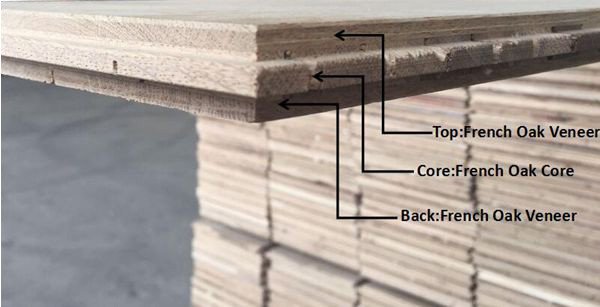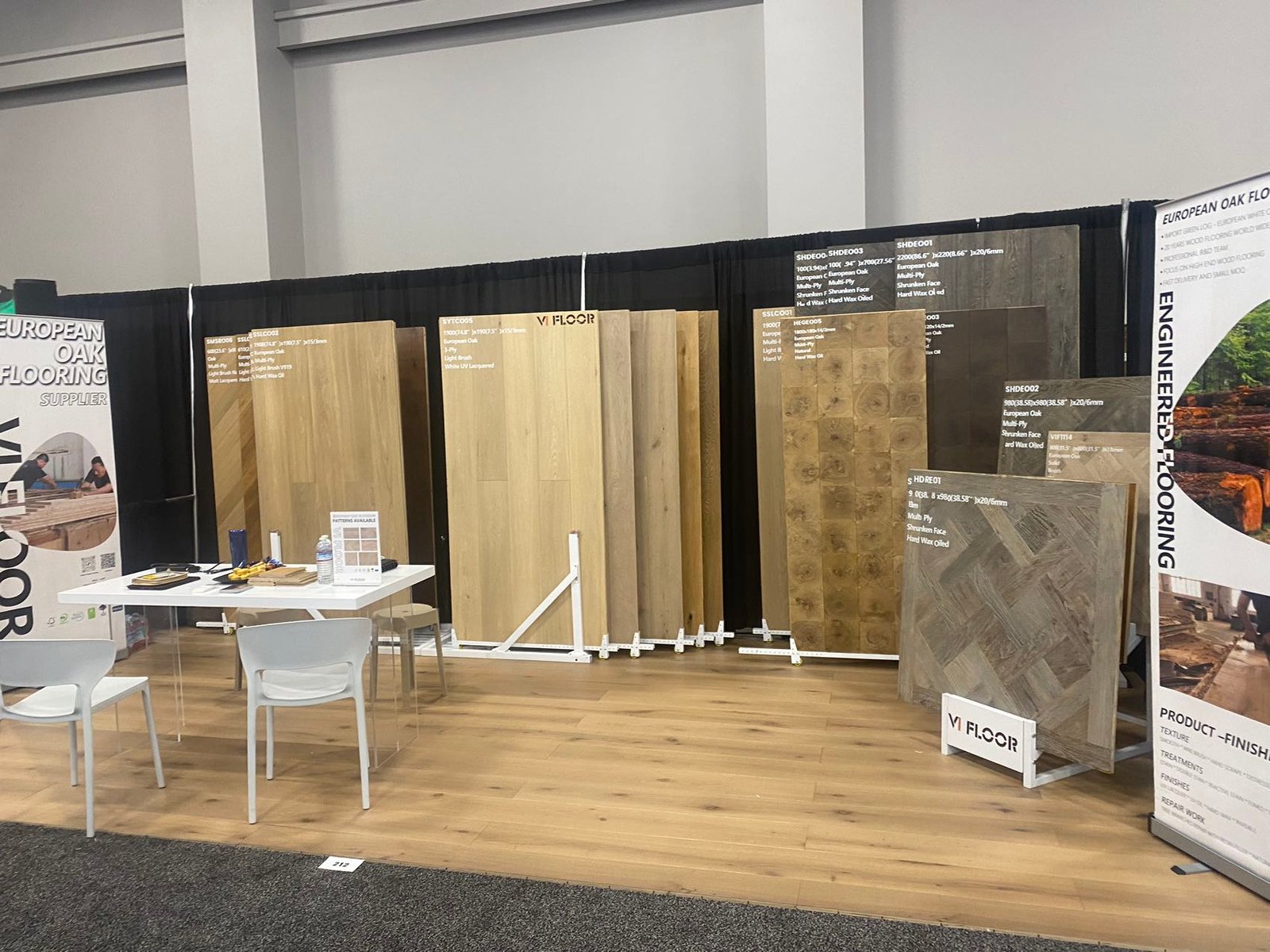When it comes to flooring, few options can match the timeless elegance and unparalleled durability of end grain floors. This unique choice not only adds a distinctive aesthetic appeal to your home but also stands up to the test of time, making it a favorite among homeowners and designers alike. End grain flooring showcases the rich textures and natural patterns of wood, ensuring that each piece tells its own story. As you explore the beauty and benefits of this remarkable flooring type, you’ll discover how it enhances any living space while offering remarkable resilience against wear and tear. Whether you’re redesigning a cozy cottage or a modern loft, end grain floors provide the perfect foundation for your home’s character. Join us as we delve deep into this ultimate guide, revealing everything you need to know about selecting, maintaining, and appreciating end grain flooring in your home. Transform your space with the lasting beauty and strength that only end grain can offer.
What is End Grain Flooring?
End grain flooring is a distinctive type of wood flooring that is crafted from the cross-sectional cuts of a tree’s trunk or branches. Unlike traditional wood planks that are cut along the grain, end grain floors are made by slicing the wood perpendicular to the grain. This method exposes the intricate patterns and textures of the wood rings, creating a unique and visually striking appearance. Each piece of end grain flooring showcases the natural beauty and history of the tree, with its growth rings, knots, and other characteristics on full display.
The manufacturing process of end grain flooring involves cutting the wood into small blocks, typically squares or rectangles, which are then arranged and installed in a mosaic-like pattern. This arrangement not only highlights the wood’s natural beauty but also contributes to the floor’s exceptional durability. The end grain structure is inherently stronger and more resistant to wear and tear compared to long grain wood, making it an ideal choice for high-traffic areas in both residential and commercial settings.
End grain flooring can be crafted from a variety of wood species, each offering its own unique aesthetic and performance characteristics. Common choices include oak, maple, pine, and even exotic hardwoods like teak and mahogany. The selection of wood species, along with the choice of finish, allows homeowners and designers to create a customized look that complements the overall design of the space. Whether you prefer a rustic, traditional look or a sleek, modern aesthetic, end grain flooring offers endless possibilities for enhancing the beauty and character of your home.

The Benefits of End Grain Floors
One of the most compelling benefits of end grain flooring is its exceptional durability. The unique construction of end grain floors makes them highly resistant to dents, scratches, and other forms of damage that can occur with traditional wood flooring. The vertical orientation of the wood fibers in end grain blocks allows them to absorb and distribute impact more effectively, resulting in a surface that can withstand heavy use and maintain its appearance for many years.
In addition to their durability, end grain floors offer superior aesthetic appeal. The intricate patterns and textures created by the cross-sectional cuts of the wood provide a visually rich and dynamic surface that adds depth and character to any room. Each piece of end grain flooring is unique, with its own distinct grain patterns and color variations, ensuring that no two floors are exactly alike. This individuality makes end grain floors a standout feature in any home, creating a sense of warmth and natural beauty that is hard to replicate with other flooring types.
Another advantage of end grain flooring is its environmental sustainability. Many end grain floors are made from reclaimed or sustainably harvested wood, reducing the environmental impact associated with traditional wood flooring production. By choosing end grain flooring, homeowners can enjoy the beauty and durability of natural wood while also making a responsible choice for the environment. Additionally, the longevity of end grain floors means that they require less frequent replacement, further minimizing their ecological footprint.

Comparing End Grain with Other Flooring Types
When comparing end grain flooring to other types of wood flooring, one of the most notable differences is the unique visual appeal of end grain. Traditional plank flooring, whether solid or engineered, typically displays the linear grain patterns of the wood, which can be beautiful but also somewhat uniform. In contrast, end grain flooring showcases the intricate, circular patterns of the tree rings, creating a more varied and interesting visual effect. This distinctive appearance can add a touch of artistry and craftsmanship to any space.
In terms of durability, end grain flooring often outperforms other wood flooring types. The vertical orientation of the wood fibers in end grain blocks makes them more resistant to wear and tear compared to horizontal grain planks. This means that end grain floors can handle heavy foot traffic and resist damage from furniture or other objects more effectively. While traditional wood floors can develop scratches and dents over time, end grain floors are more likely to maintain their integrity and appearance for many years.
Another key difference between end grain flooring and other wood flooring types is the installation process. End grain floors are typically installed using a mosaic pattern of small blocks, which can be more labor-intensive and time-consuming compared to the installation of long planks. However, this also allows for greater flexibility in design and customization. Homeowners and designers can create intricate patterns and layouts with end grain flooring that would be difficult or impossible to achieve with traditional planks. This level of customization can result in a truly unique and personalized floor that enhances the overall design of the space.

Installation Process of End Grain Flooring
The installation process of end grain flooring begins with the preparation of the subfloor. It is essential to ensure that the subfloor is clean, dry, and level before installing the end grain blocks. Any unevenness or moisture issues must be addressed to prevent problems with the flooring in the future. Once the subfloor is ready, a layer of adhesive is applied to secure the end grain blocks in place. The adhesive helps to create a strong bond between the blocks and the subfloor, ensuring the stability and longevity of the floor.
Next, the end grain blocks are carefully arranged and installed in the desired pattern. This can be a time-consuming process, as each block must be precisely placed to create a seamless and visually appealing layout. Some common patterns for end grain flooring include herringbone, checkerboard, and brickwork, but the possibilities are virtually endless. The small size of the blocks allows for intricate designs and customization, enabling homeowners and designers to create a unique and personalized floor that complements the overall design of the space.
Once the blocks are in place, the floor must be sanded to create a smooth, even surface. This step is crucial for achieving a professional finish and ensuring that the floor is comfortable to walk on. After sanding, the floor is typically sealed with a protective finish to enhance its durability and appearance. There are various finishing options available, including oil-based, water-based, and wax finishes, each offering different levels of protection and aesthetic appeal. The choice of finish will depend on the desired look and performance characteristics, as well as the specific needs of the space.

Maintenance Tips for End Grain Floors
Maintaining end grain floors is relatively straightforward, but it does require some specific care to keep them looking their best. Regular cleaning is essential to prevent dirt and debris from accumulating on the surface and causing scratches or other damage. A soft broom or vacuum with a hardwood floor attachment can be used to remove dust and dirt, while a damp mop with a gentle wood floor cleaner can help to keep the floor clean and fresh. It is important to avoid using harsh chemicals or abrasive cleaning tools, as these can damage the finish and the wood itself.
In addition to regular cleaning, it is important to protect end grain floors from excessive moisture and humidity. Wood is a natural material that can expand and contract with changes in temperature and humidity, so it is essential to maintain a stable indoor environment to prevent warping or other issues. Using a humidifier or dehumidifier as needed can help to regulate indoor humidity levels, while placing mats or rugs in high-moisture areas, such as near sinks or entryways, can help to protect the floor from water damage.
Periodic maintenance, such as reapplying the finish, may also be necessary to keep end grain floors in optimal condition. The frequency of this maintenance will depend on the type of finish used and the level of wear and tear the floor experiences. For example, oil-based finishes may need to be reapplied every few years, while water-based finishes may last longer. Regularly inspecting the floor for signs of wear or damage and addressing any issues promptly can help to extend the life of the flooring and keep it looking beautiful for many years to come.

Design Ideas and Aesthetic Appeal of End Grain Flooring
End grain flooring offers endless design possibilities, allowing homeowners and designers to create truly unique and personalized spaces. One popular design idea is to use end grain flooring to create a striking focal point in a room. For example, a large area of end grain flooring can be used to anchor a living room or dining room, drawing attention to the intricate patterns and textures of the wood. This can be particularly effective in open-concept spaces, where the flooring can help to define different areas and create a sense of cohesion.
Another design idea is to mix and match different wood species and finishes to create a one-of-a-kind look. By combining end grain blocks made from different types of wood, such as oak, maple, and walnut, homeowners can create a visually dynamic and interesting floor that showcases the unique characteristics of each species. This approach can add depth and complexity to a space, making it feel more sophisticated and elegant. Additionally, experimenting with different finishes, such as matte, satin, or gloss, can further enhance the visual appeal of the floor.
End grain flooring can also be used to create custom patterns and layouts that reflect the homeowner’s personal style and preferences. From classic herringbone and chevron patterns to more intricate geometric designs, the small size of the end grain blocks allows for a high degree of customization. This level of flexibility makes end grain flooring an excellent choice for those who want to make a bold design statement or create a floor that is truly unique. Additionally, the natural beauty and warmth of the wood can complement a wide range of interior design styles, from traditional to contemporary.

Cost Considerations for End Grain Flooring
The cost of end grain flooring can vary widely depending on several factors, including the type of wood used, the complexity of the installation, and the size of the area to be covered. Generally, end grain flooring tends to be more expensive than traditional wood flooring due to the labor-intensive manufacturing and installation processes. The intricate cutting and arrangement of the wood blocks, as well as the need for precise installation, contribute to the higher overall cost.
One of the primary factors influencing the cost of end grain flooring is the choice of wood species. Some types of wood, such as oak and maple, are more readily available and therefore more affordable, while exotic hardwoods like teak and mahogany can be significantly more expensive. Additionally, reclaimed or sustainably harvested wood may also come at a premium due to the added environmental benefits and the unique character of the material. Homeowners should consider their budget and the specific qualities they desire in their flooring when selecting the wood species for their end grain floors.
The complexity of the installation can also impact the cost of end grain flooring. Intricate patterns and custom designs may require more time and expertise to install, resulting in higher labor costs. Additionally, the condition of the subfloor and any necessary preparation work can affect the overall cost. It is important to obtain detailed quotes from professional installers and to factor in all potential expenses, including materials, labor, and any additional services, such as sanding and finishing. By carefully considering these factors, homeowners can ensure that they make an informed decision and achieve the desired result within their budget.

Environmental Impact of End Grain Flooring
End grain flooring can be an environmentally responsible choice when sourced and manufactured sustainably. Many end grain floors are made from reclaimed wood, which repurposes material from old buildings, barns, and other structures that would otherwise go to waste. By using reclaimed wood, homeowners can reduce the demand for new timber and help to conserve natural resources. Additionally, reclaimed wood often has a rich history and unique character that can add a sense of authenticity and charm to a space.
Sustainably harvested wood is another option for those concerned about the environmental impact of their flooring. Wood certified by organizations such as the Forest Stewardship Council (FSC) ensures that it has been sourced from responsibly managed forests that prioritize conservation and biodiversity. Choosing FSC-certified wood for end grain flooring supports sustainable forestry practices and helps to protect forests for future generations. Additionally, the use of non-toxic adhesives and finishes can further reduce the environmental footprint of end grain flooring.
The longevity and durability of end grain flooring also contribute to its sustainability. Because end grain floors are more resistant to wear and damage, they have a longer lifespan compared to other types of wood flooring. This means that they require less frequent replacement, reducing the overall consumption of materials and energy associated with producing new flooring. By investing in high-quality, durable end grain floors, homeowners can enjoy the beauty and benefits of natural wood while making a responsible choice for the environment.

Conclusion: Why Choose End Grain Floors for Your Home
End grain floors offer a unique combination of timeless beauty, exceptional durability, and environmental sustainability that makes them an ideal choice for any home. The intricate patterns and textures of end grain flooring create a visually stunning surface that adds character and warmth to any space. Each piece of end grain flooring tells its own story, showcasing the natural beauty and history of the wood in a way that traditional plank flooring cannot match.
The superior durability of end grain floors ensures that they can withstand the demands of everyday life, making them a practical choice for high-traffic areas and busy households. Their resistance to dents, scratches, and wear means that they will maintain their appearance and integrity for many years, providing a long-lasting and cost-effective flooring solution. Additionally, the ability to customize the design and layout of end grain flooring allows homeowners to create a truly unique and personalized space that reflects their individual style and preferences.
Choosing end grain flooring also supports environmentally responsible practices, whether through the use of reclaimed wood, sustainably harvested timber, or non-toxic finishes. The long lifespan of end grain floors further reduces their environmental impact, making them a sustainable choice for those who value both beauty and eco-consciousness. By investing in end grain flooring, homeowners can enhance the aesthetic appeal and functionality of their space while making a positive contribution to the environment.
In conclusion, end grain flooring represents the ultimate combination of timeless beauty, durability, and sustainability. Its unique visual appeal, superior performance, and environmental benefits make it a standout choice for any home. Whether you are renovating a historic property or designing a modern living space, end grain floors provide the perfect foundation for creating a stunning and enduring interior. Embrace the lasting beauty and strength of end grain flooring and transform your home into a space of elegance and resilience.

